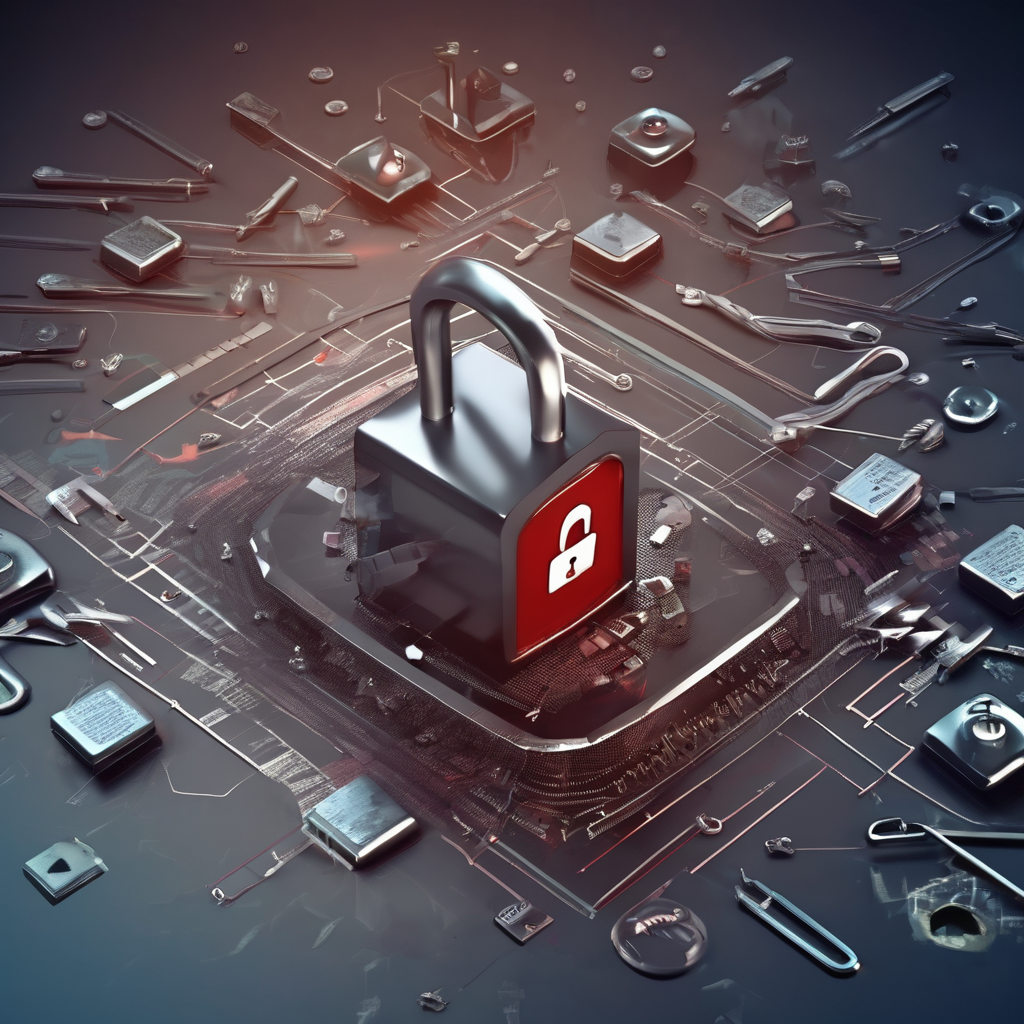In the digital age, where technology is deeply integrated into our daily lives, the importance of cybersecurity cannot be overstated. As our reliance on digital systems and networks grows, so does the risk of cybersecurity threats. These threats, which encompass a wide range of malicious activities, pose significant challenges to individuals, organizations, and even governments. Malware, phishing, data breaches, DDoS attacks, insider threats, IoT vulnerabilities, and APTs are among the prominent challenges faced today.
One of the biggest threats involved with cybersecurity and safety is Malware. Malware refers to malicious software designed to disrupt, damage, or gain unauthorized access to computer systems. This includes viruses, worms, Trojans, ransomware, and spyware. Once a system is infected, malware can steal sensitive information, disrupt operations, or hold data hostage for ransom.
Another technique used by cybercriminals is phishing, which tricks individuals into revealing sensitive information; such as usernames, passwords, and financial details. Typically, phishing attacks occur through deceptive emails, text messages, or fake websites that mimic legitimate organizations or services. These attacks exploit human vulnerabilities and rely on social engineering tactics to manipulate users into providing their confidential information.
Data breaches are another threat to cybersecurity and involve unauthorized access to sensitive information stored in databases or computer systems. Cybercriminals may exploit vulnerabilities in network security or employ sophisticated hacking techniques to gain access to personal, financial, or corporate data. Data breaches can result in significant financial losses, reputational damage, identity theft for individuals, compromised business secrets, and customer trust for organizations.
DDoS attacks aim to overwhelm a target system or network with an excessive amount of traffic, rendering it inaccessible to legitimate users. Cybercriminals use a network of compromised computers to flood the target with traffic, causing service disruptions or system failures. DDoS attacks can impact businesses, governments, and critical infrastructure, leading to financial losses and operational disruptions.
Insider threats involve individuals within an organization who misuse their authorized access to compromise systems, steal data, or cause damage. Insiders may be disgruntled employees, contractors, or individuals coerced into carrying out malicious activities. Insider threats can be challenging to detect and prevent, as they often have legitimate access and knowledge of internal systems and security protocols.
One of the biggest threats to cybersecurity regards the proliferation of internet-connected devices, such as smart home devices, wearables, and industrial systems. Inadequate security measures in IoT devices can make them susceptible to exploitation, allowing attackers to gain unauthorized access, control devices remotely, or compromise larger networks. IoT vulnerabilities pose risks to privacy, data security, and even physical safety.
As one of the more sophisticated cyber-attacks, APTs are typically conducted by state-sponsored actors or highly skilled hacking groups. APTs involve prolonged and stealthy infiltration of systems to gain unauthorized access, extract sensitive information, or monitor activities. APTs often employ advanced techniques, including zero-day exploits and social engineering, and are designed to remain undetected for extended periods.
Addressing these cybersecurity threats requires a multi-layered approach that combines technological solutions, user awareness, and robust security practices. This includes implementing strong and up-to-date security measures, such as firewalls, antivirus software, and encryption, regularly updating software and systems, conducting security audits and risk assessments, and providing cybersecurity training and education to individuals and organizations. Collaboration between governments, law enforcement agencies, and the private sector is crucial in combating cyber threats. Sharing threat intelligence, coordinating incident response, and establishing international norms and regulations can enhance cybersecurity resilience and deter cybercriminal activities.
In conclusion, the digital age has brought unprecedented connectivity and convenience, but it has also amplified the risks of cybersecurity threats. Malware, phishing, data breaches, DDoS attacks, insider threats, IoT vulnerabilities, and APTs are among the prominent challenges faced today. By adopting proactive security measures, raising awareness, and fostering collaboration, we can better protect ourselves, our organizations, and the digital infrastructure from evolving cyber threats.







Leave a Reply